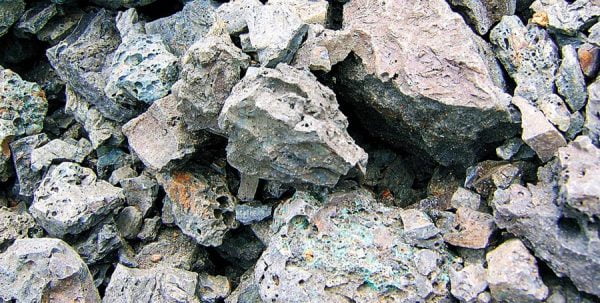- With a design capacity of 1 million tonnes, Palm River is set to surpass all local output and establish Zimbabwe as a leader in ferrochrome production.
Zimbabwe’s ferrochrome industry is set for a seismic shift as the Palm River Project, located within the Palm River Energy Metallurgical Special Economic Zone, continues ramping up operations toward its design capacity of 1 million tonnes per annum—a production milestone that will position it as the country’s largest ferrochrome producer by far, Mining Zimbabwe can report.
By Rudairo Mapuranga
Commissioned in February 2025, the Palm River ferrochrome complex, driven by Xintai Energy and Metallurgical Company, has already begun contributing to the country’s beneficiation and value addition drive in chrome. The mega project is expected to dwarf existing operations, whose combined current output hovers around 270,000 tonnes per year.
Speaking at a post-Cabinet briefing on Tuesday, Minister of Information Hon. Jenfan Muswere said the Cabinet reaffirmed its ban on the export of chrome ores, stressing the urgent need to develop Zimbabwe’s ferrochrome industry locally rather than ship raw ores to offshore processors.
“With immediate ramping up to a design capacity of 1,000,000 tonnes of ferrochrome production, the Palm River Project will make Zimbabwe a key ferrochrome hub in Southern Africa. It is also a response to the Government’s thrust on value addition and beneficiation, aligned with Vision 2030,” said Minister Muswere.
Ferrochrome, a critical input in stainless steel manufacturing, remains one of the most volatile minerals in terms of pricing, subject to global economic and industrial cycles. Zimbabwe’s push to value-add and dominate regional ferrochrome supply comes at a time when the global market is seeking stable, high-volume suppliers of the mineral.
According to Minister of Mines and Mining Development Hon. Winston Chitando, there are currently about 10 ferrochrome producers in Zimbabwe, with capacity ranging from as low as 3,000 tonnes to 84,000 tonnes per annum. The combined national installed capacity is around 270,000 tonnes, making the 1-million-tonne Palm River vision a true outlier and game-changer.
To complement ferrochrome beneficiation, the government has suspended the issuance of chrome mining titles exceeding 100 hectares to maintain orderly development and focus efforts on value addition through smelting and processing.
Palm River’s Green Energy Advantage
What makes Palm River’s rise even more strategic is its self-sufficiency in power—an Achilles’ heel for most of Zimbabwe’s heavy industries. Xintai’s US$3.6 billion investment has received commendation for generating its own electricity by capturing gas emissions and converting them into clean energy for use in its smelting operations.
This model not only reduces pressure on the national grid but also puts Zimbabwe in line with global best practices on green metallurgy. Minister Chitando earlier commended Xintai’s move, describing it as “a breakthrough in sustainable mining and processing that other producers must emulate.”
What the Future Holds
As the Palm River facility continues to scale up, the ripple effects across Zimbabwe’s chrome and steel industry will be enormous:
- Increased employment, especially for metallurgists, engineers, and technicians.
- Local downstream industries such as stainless steel manufacturing will benefit from reliable ferrochrome supplies.
- Export earnings are set to increase significantly as Zimbabwe moves from ore exporter to a regional ferrochrome powerhouse.
Yet challenges remain. Price volatility, infrastructure gaps, and capital access for smaller players still hinder broader industry growth. However, with a mega project like Palm River setting the pace and showcasing what’s possible with visionary investment, Zimbabwe’s long-standing ambitions for a value-driven mining industry are finally being realised.
As the country transitions from just being a source of chrome ore to a global ferrochrome player, the Palm River Project proves that Zimbabwe is not just mining—it’s building a world-class metallurgical industry.





